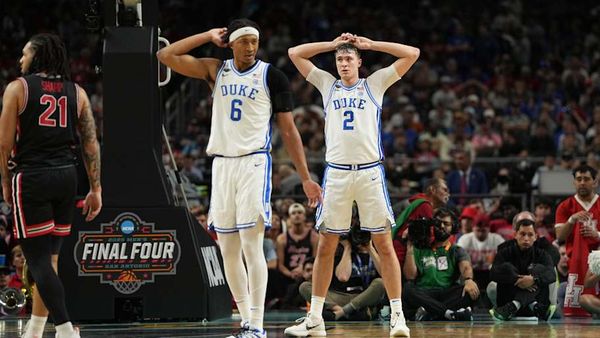Seagulls mobbing people for their food is a familiar seaside sight.
However, according to new scientific research you can stop them pinching your lunch with one simple trick – staring at them.
Scientists from the University of Exeter found on average birds took 21 seconds longer to approach a bag of chips if they could see they were being watched.
Despite having a reputation for being bold and menacing, most gulls were too afraid to peck at food if a human was near and out of 74 birds only 27 took a chip.
“We found that the majority of gulls in urban areas would not approach a food source placed in close proximity to a human, despite many displaying interest in the food,” researchers wrote in the paper published in Biology Letters.
“These results indicate that reducing human-herring gull conflict may be possible through small changes in human behaviour.”
Scientists carried out their study in coastal towns in Cornwall where many gulls are on the hunt for an easy meal. They put 250g bags of chips on the ground and tested how long it took for herring gulls to swoop down and take them.
The experimenter adopted a crouched position a few metres from the bag of chips and timed how long it took before the gull took its first peck. Half the time they faced the gull head on and the other half of the time they looked away.
Lead author Madeleine Goumas said: “Gulls are often seen as aggressive and willing to take food from humans, so it was interesting to find that most wouldn’t even come near during our tests.
“Of those that did approach, most took longer when they were being watched. Some wouldn’t even touch the food at all, although others didn’t seem to notice that a human was staring at them.”
Researchers did not look at why individual gulls were different. They also found that gulls were slower to approach the food when there were more people present.
Senior author Dr Neeltje Boogert said: “Gulls learn really quickly, so if they manage to get food from humans once, they might look for more.
“Especially now, during the summer holidays and beach barbecues, we are seeing more gulls looking for an easy meal.
“We therefore advise people to look around themselves and watch out for gulls approaching, as they often appear to take food from behind, catching people by surprise.”
The number of herring gulls are in decline although numbers in urban areas are rising. Traditional nesting sites on cliffs and islets have been replaced by roofs and their fish diet has been replaced by scavenged human foods.
Researchers next want to investigate how eating human foods affects the gulls in the longer term.







